U.S. psychologist Jerome Bruner was convinced that a child who reads will grow up to be a thinking adult: it is the same conviction that probably, in 1962, shook the spirits of the decision-makers of theEnte Nazionale per le Biblioteche Popolari e Scolastiche (ENBPS), which that year decided to establish an International Children’s Library (BIF). The BIF today represents one of the main funds of the State Library “Antonio Baldini” in Rome, also founded in 1962 by the same Entity, and named after the writer and literary critic Antonio Baldini (Rome, 1889 - 1962), who was vice-president of ENBPS. Today, the Ente no longer exists: it was suppressed by a decree of the President of the Republic in 1977, and then permanently closed with the 2007 Finance Act, since the procedures for its liquidation had been dragging on for some time. What remains, however, is the legacy of an action that, for exactly sixty years, starting in 1917, saw ENBPS work to support the creation of popular libraries, and thus designed to ensure, through general culture book collections, the greatest possible access to reading, especially in small towns, and of school libraries.
The Biblioteca Internazionale del Fanciullo (International Children’s Library) is perhaps the brightest legacy of this work, created in observance of the spirit in which the Baldini Library was born, which was designed primarily for young people. From its inception, the BIF also wanted to position itself as a significant research tool for scholars of children’s literature: “It has a predominantly documentary character,” read an article published in 1967 in La parola e il libro, the institutional journal of ENBPS, “and aims to provide a valuable aid to scholars in the field of children’s literature, compilers of literary histories, translators and pedagogists. It also tends to spread knowledge in Italy of the best works devoted to youth and also wishes to contribute to fraternal understanding among peers of all nations.”
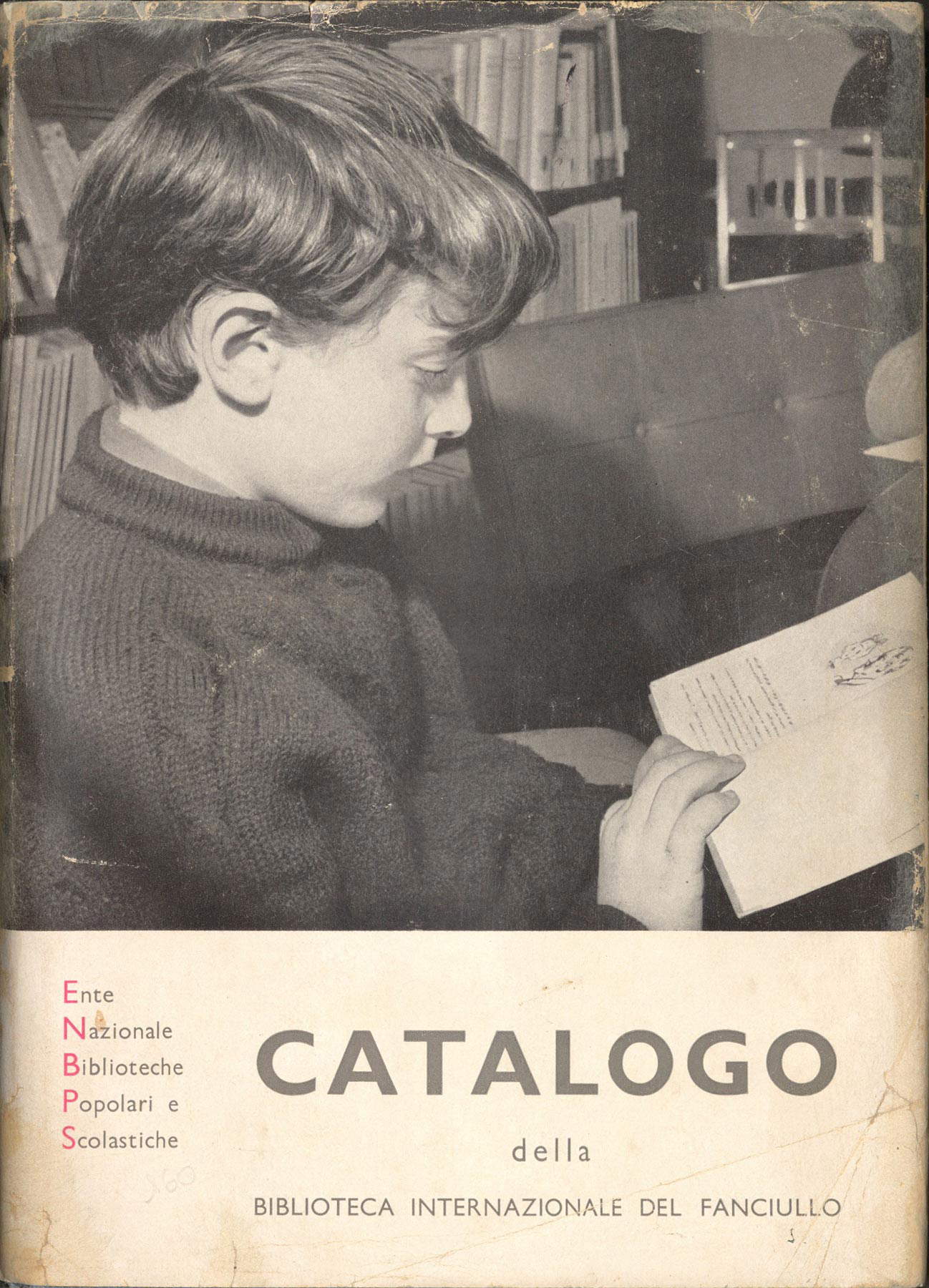
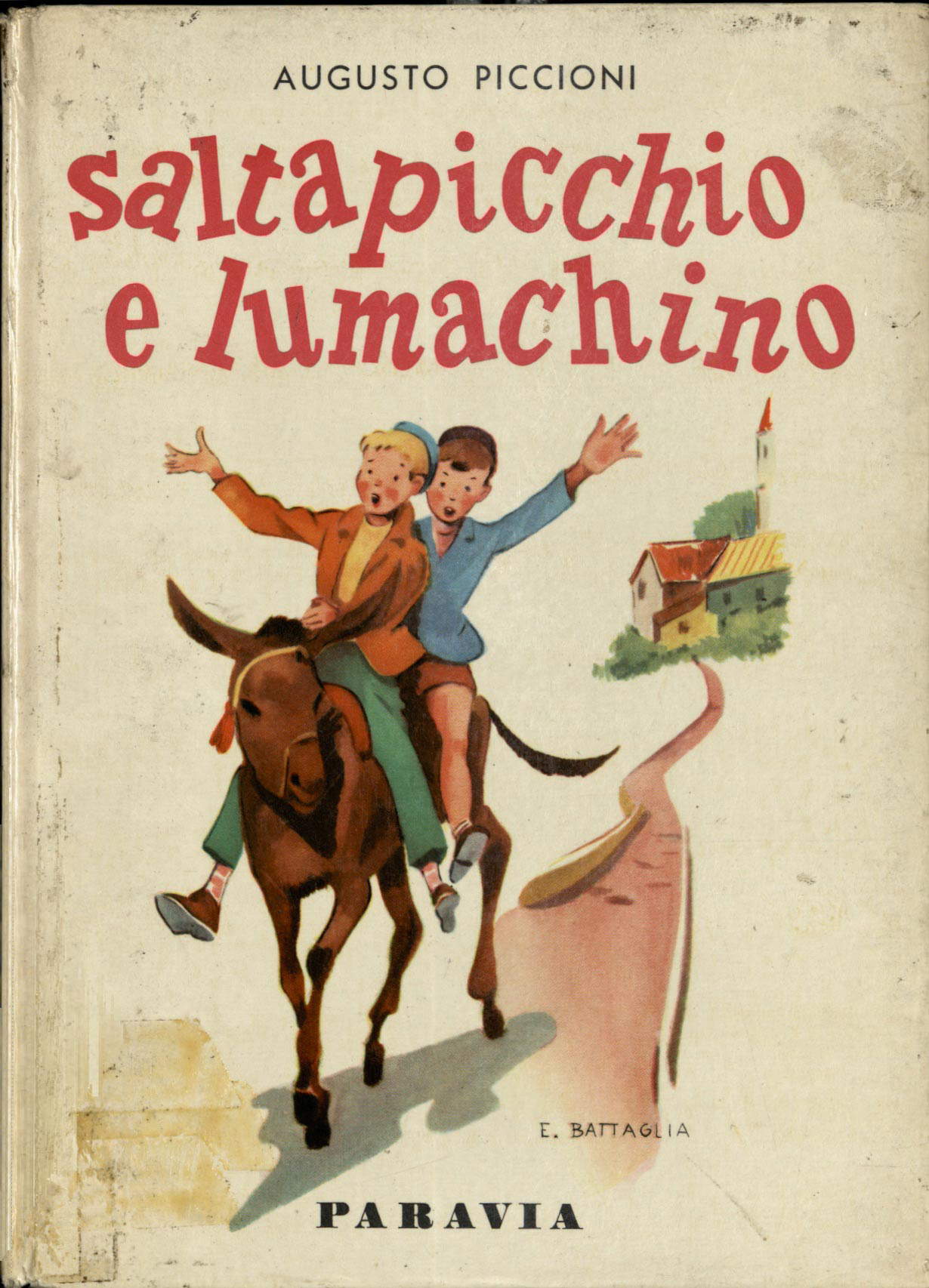
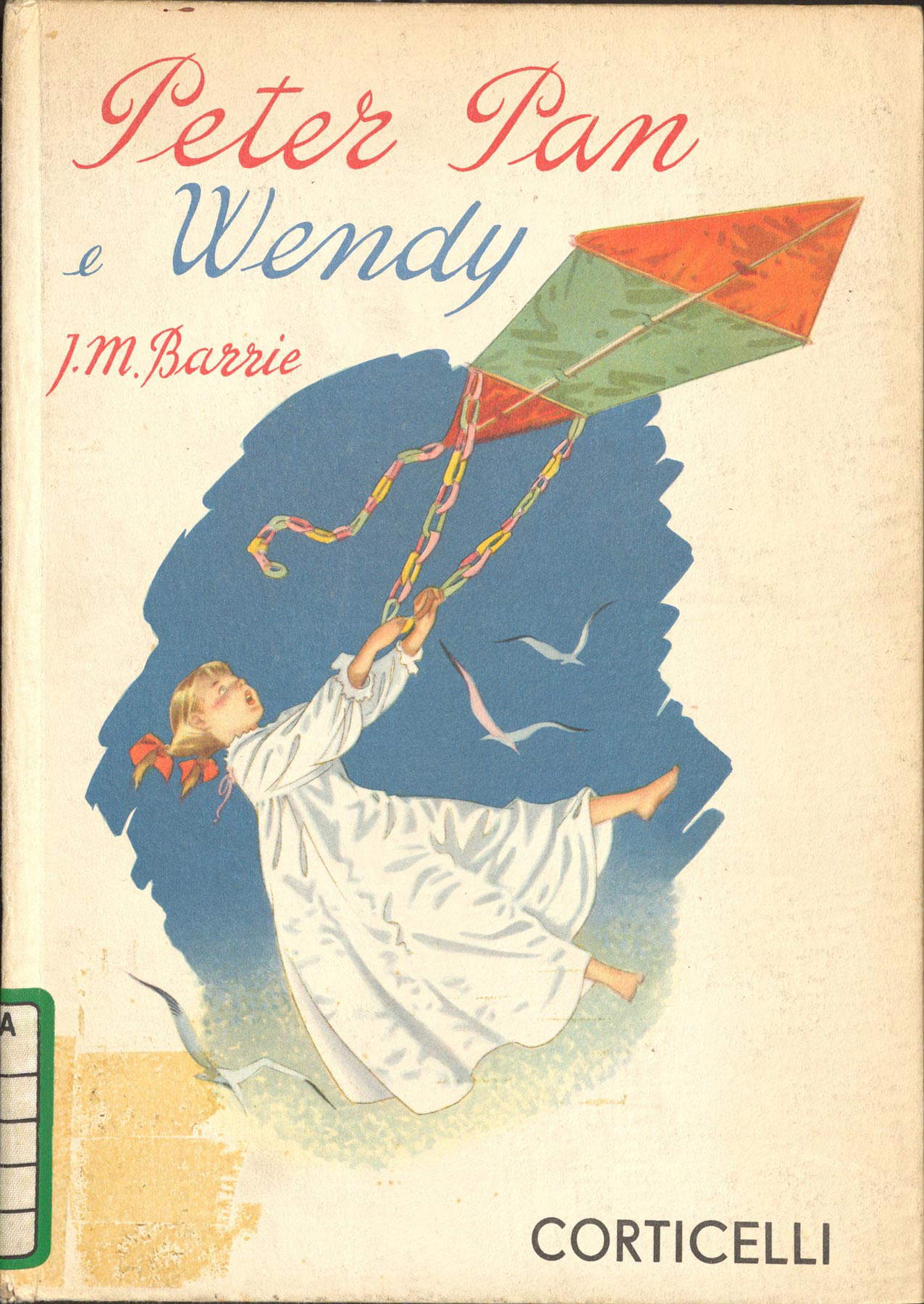
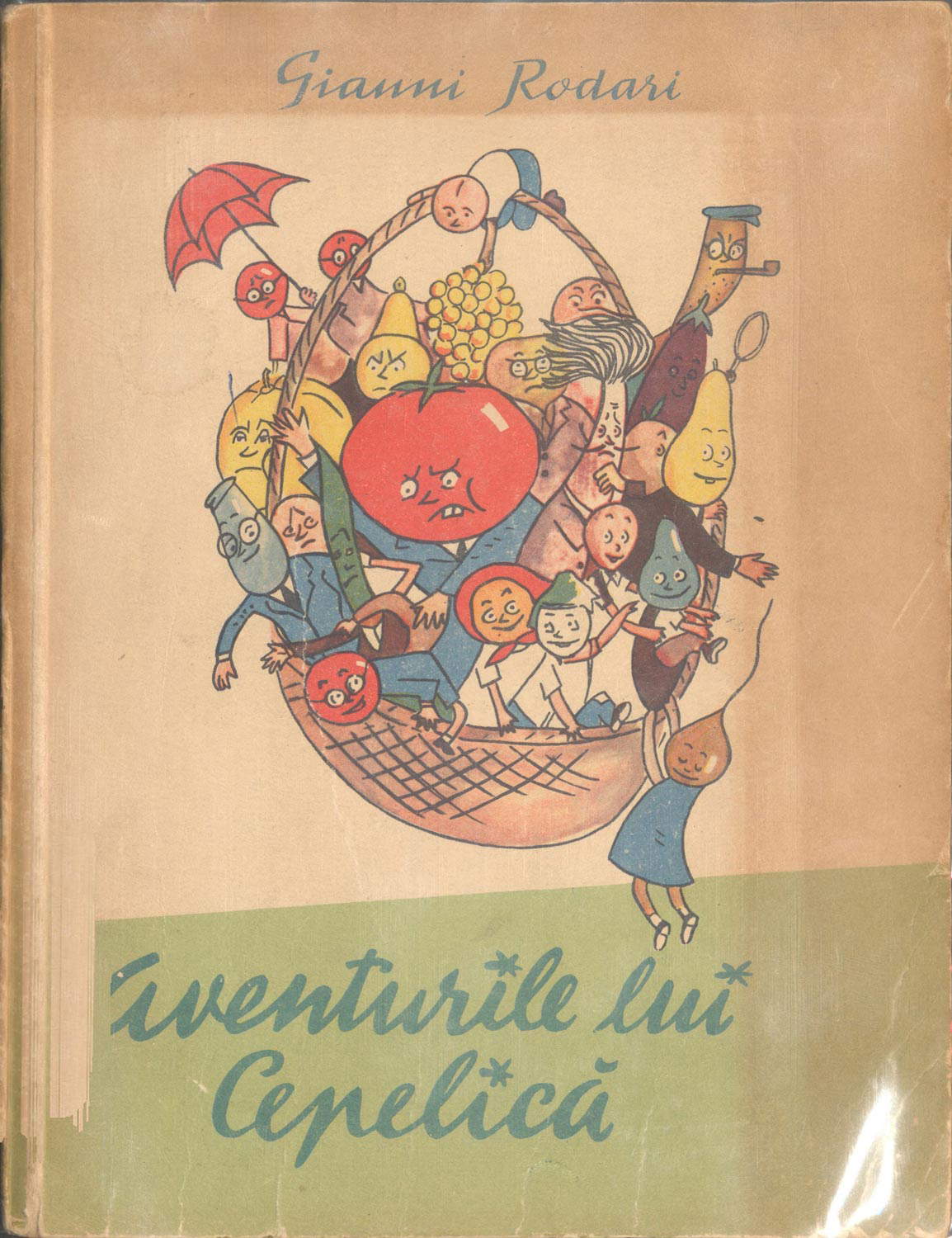
For a child, reading is essential from the earliest months of life: when he is unable to read on his own, he will be involved in a shared reading activity with his parents, which promotes his cognitive and emotional development, enhances his daily learning, stimulates his imagination and curiosity, and makes him learn different words every day. Then, when the child has acquired independent reading skills, other factors will intervene. “Reading,” writes sociologist Francesca Vannucchi, an expert in education, “plays a fundamental function in education, activating cognitive processes that are necessary for the development of the individual’s abilities. It implies effort, concentration, attention, the ability to understand the meaning of words, to follow the course of the narrative, to create imaginary worlds from sentences written on a page. Reading is also an opportunity for socialization, to which meeting places are connected (literary cafes, book fairs and festivals, libraries, bookstores). It creates a common, shared language, helps to overcome marginalization, to work out a boundary of maneuver with respect to social or family conditioning.”
The library is the place where these experiences are facilitated and become shared. Here then, at the State Library “Antonio Baldini,” children can find one of the most conspicuous collections dedicated to them that exists in Italy. In fact, the Biblioteca Internazionale del Fanciullo to date includes more than 4,500 volumes of children’s literature, almost all illustrated, from 59 countries around the world, in more than 40 languages: the Library was in fact established thanks to donations from various embassies that made it possible to gather the founding nucleus, consisting of about 2,000 volumes, and then to expand the collection (so much so that its establishment in 1962 was immediately sponsored by the Ministry of Foreign Affairs). The books in the BIF Fund are all modern, just like the entire library holdings of the Baldini Library, which, having started as a popular library, has no ancient volumes. The fund is closed (i.e., there will be no new additions in the future), but it is freely available for consultation.

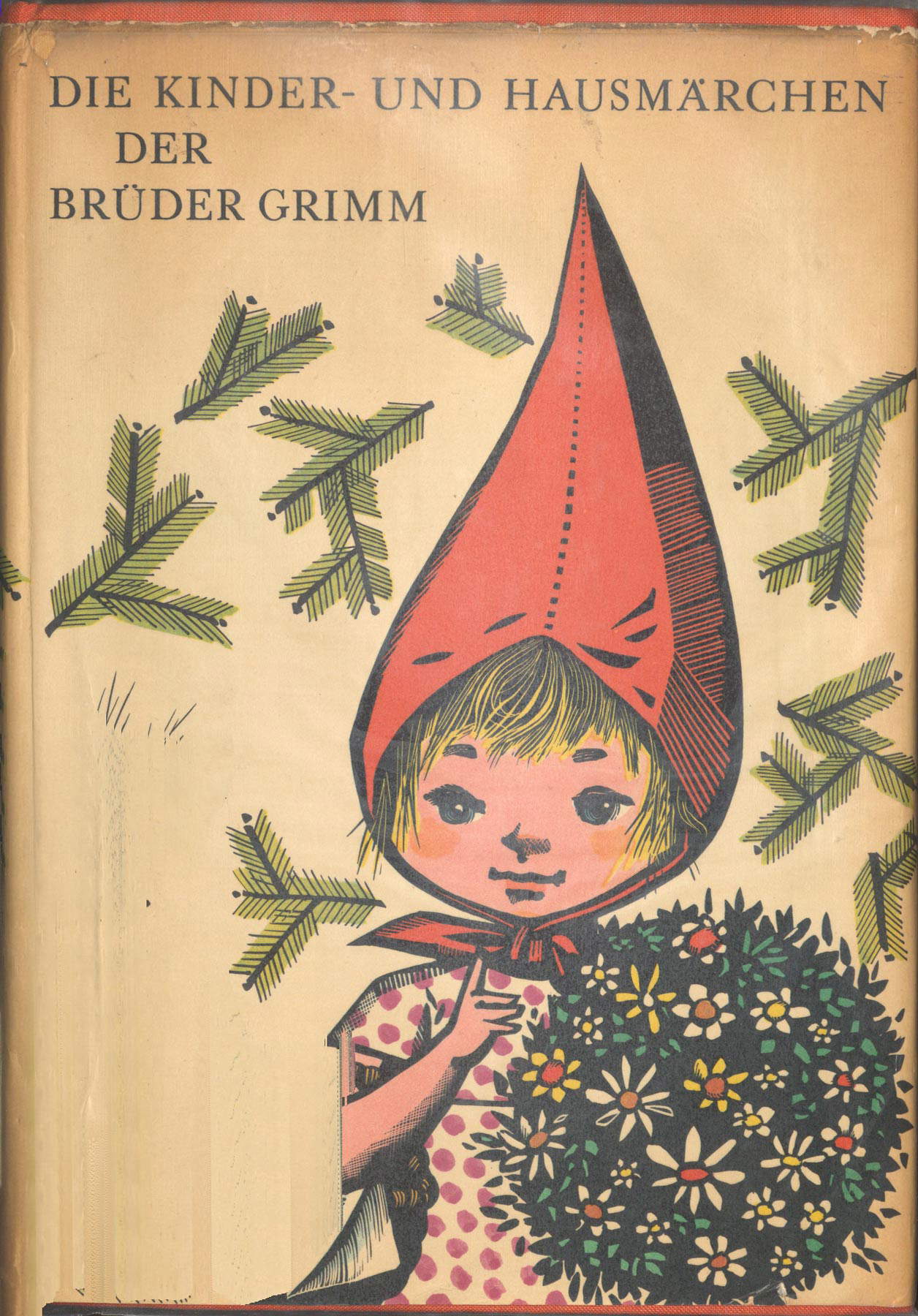
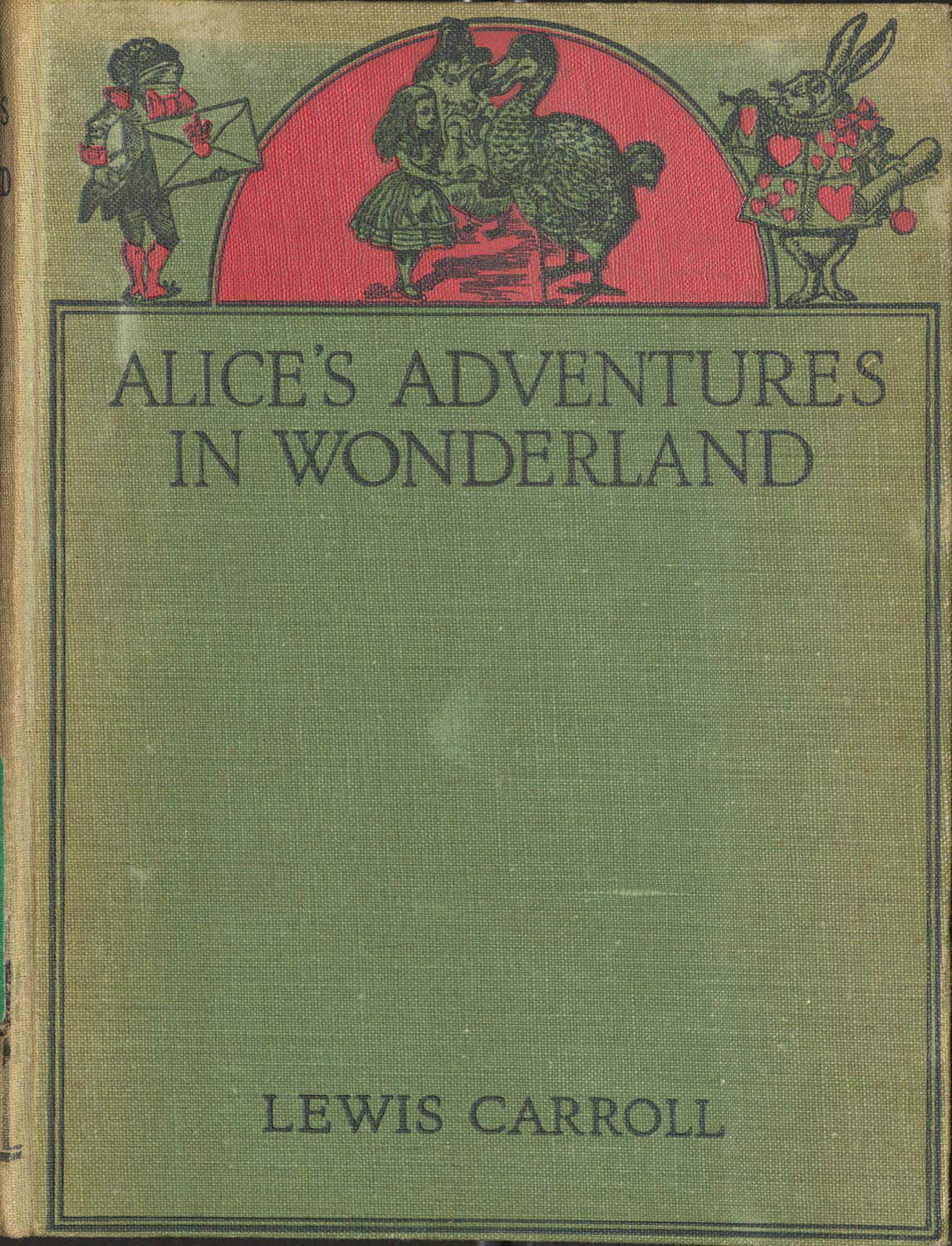
The BIF Fund contains not only publications dedicated to children from all over the world, but also a great many publications by Italian authors translated into the most diverse world languages, from English to Thai, French to Japanese, German to Hindi, Urdu to Portuguese, Croatian to Panjabi, Amharic to Danish. For example, one will be able to find Gianni Rodari ’s works in Bulgarian, Czech, German, Hungarian, Polish, Romanian, Russian, and Serbian. Or Collodi’s Pinocchio, one of the most widely circulated fairy tales at the level of children’s book culture: in the BIF Fund, the book can be found published in various countries, from Arab to Russian, through all of Europe to Japan. And in the many editions one can see how each country has its own publishing potential and its own expression of children’s tales, from the very austere ones of old-time Russia to the very lively ones of the Mediterranean countries. There is also no shortage of fairy tales typical of the various countries written in their own languages, such as Charles Perrault’s stories in French or the celebrated Kinder- und Hausmärchen (“Fairy Tales for Children and Families”) by the brothers Jacob and Wilhelm Grimm, or even Lewis Carroll’s Alice in Wonderland adventures.
Today, the Biblioteca Internazionale del Fanciullo represents a very relevant point of reference for the study, including comparative studies, of children’s literature and for the history of illustration dedicated to the youngest children, so much so that the books of the BIF Fund have also been dedicated to a number of exhibitions in the Baldini Library. The first catalog of the Biblioteca Internazionale del Fanciullo, edited by the Ente Nazionale Biblioteche Popolari e Scolastiche, dates back to 1966. At present, 4,421 units are catalogued in the National Library System: still missing from the roll call are works written in languages and graphic characters that cannot currently be managed with the SBN software (Japanese, Hindi, Urdu, Panjabi, Sinhalese, Tamil, Thai, Amharic), for which alternative ways of processing and dissemination are currently being studied. And precisely because of the special nature of the volumes, almost all of which are richly illustrated, in addition to cataloging, they were also digitized: at present, 2,035 volumes, belonging to 19 sections of the Fund (divided by countries), have been digitally scanned: Italy, Bulgaria, Czechoslovakia, France, Germany, Great Britain, Poland, Spain, Argentina, Bolivia, Canada, Chile, Colombia, Cuba, Mexico, Peru, the United States, Australia and India. Now, the catalog of the “Antonio Baldini” State Library is available and searchable online at the institution’s website.
The “Antonio Baldini” State Library in Rome was founded in 1962 by the Ente Nazionale Biblioteche Popolari e Scolastiche immediately after the death of Antonio Baldini, a writer and literary critic who was vice-president of ENPS, and is located in a building in the center of the Pinciano-Parioli district, just below Villa Borghese. The library was established in accordance with the most up-to-date criteria of librarianship of the time, and it immediately set itself up as a model library, of a generalist nature, aimed above all at a large and young neighborhood audience: in short, a popular library (in fact, the founding core consisted of basic texts and classics of essential fiction and non-fiction), which stood out for its modernity, functionality and ability to update its collections.
In 1977, after ENBPS was abolished, the library was acquired by the state and allocated to the then Ministry of Cultural and Environmental Heritage, established in 1975. From the start of its activities, the Baldini Library had set as its goal to be a friendly institution towards its users, from the days when “friendliness” was not perceived as a fundamental value for a library: the idea, wrote then-director Silvia De Vincentiis in 2001, was to open up by trying to achieve high standards “regarding functionality, friendliness, competitiveness in the offer of services, adequate cost/user ratio.” Currently, the Library is open to the public at full capacity, allowing a maximum number of 84 users, and caters mainly to university students, for whom over time Baldini has also become a meeting place.
The Library’s holdings currently consist of about 140,000 volumes. Of particular importance are the Paolo Monelli Fund and Archive, which documents the interests and activities of journalist and writer Paolo Monelli (as well as the editions of his works), with an adjoining photographic fund, and then again the archive of the Teatro Club association, also with its valuable photo library, and then the Gian Gaspare Napolitano Fund, which includes the library and archive of the journalist and writer. Still, among the prized holdings are the De Tuddo Donation, a collection of works on Rome (with also some editions from the 18th and 19th centuries), while of very recent acquisition (2022) is the Massimo Bordin Fund, a journalist and director of Radio Radicale until 2019, the year of his death: this is material (mostly books and documents) that tells the story of Italian history from the 1970s to the present, especially from the perspective of national and international politics.

Warning: the translation into English of the original Italian article was created using automatic tools. We undertake to review all articles, but we do not guarantee the total absence of inaccuracies in the translation due to the program. You can find the original by clicking on the ITA button. If you find any mistake,please contact us.